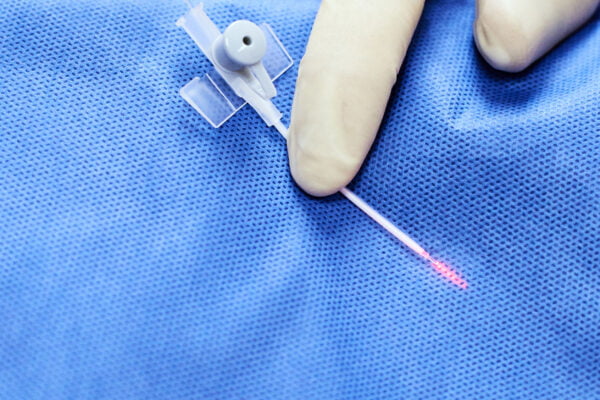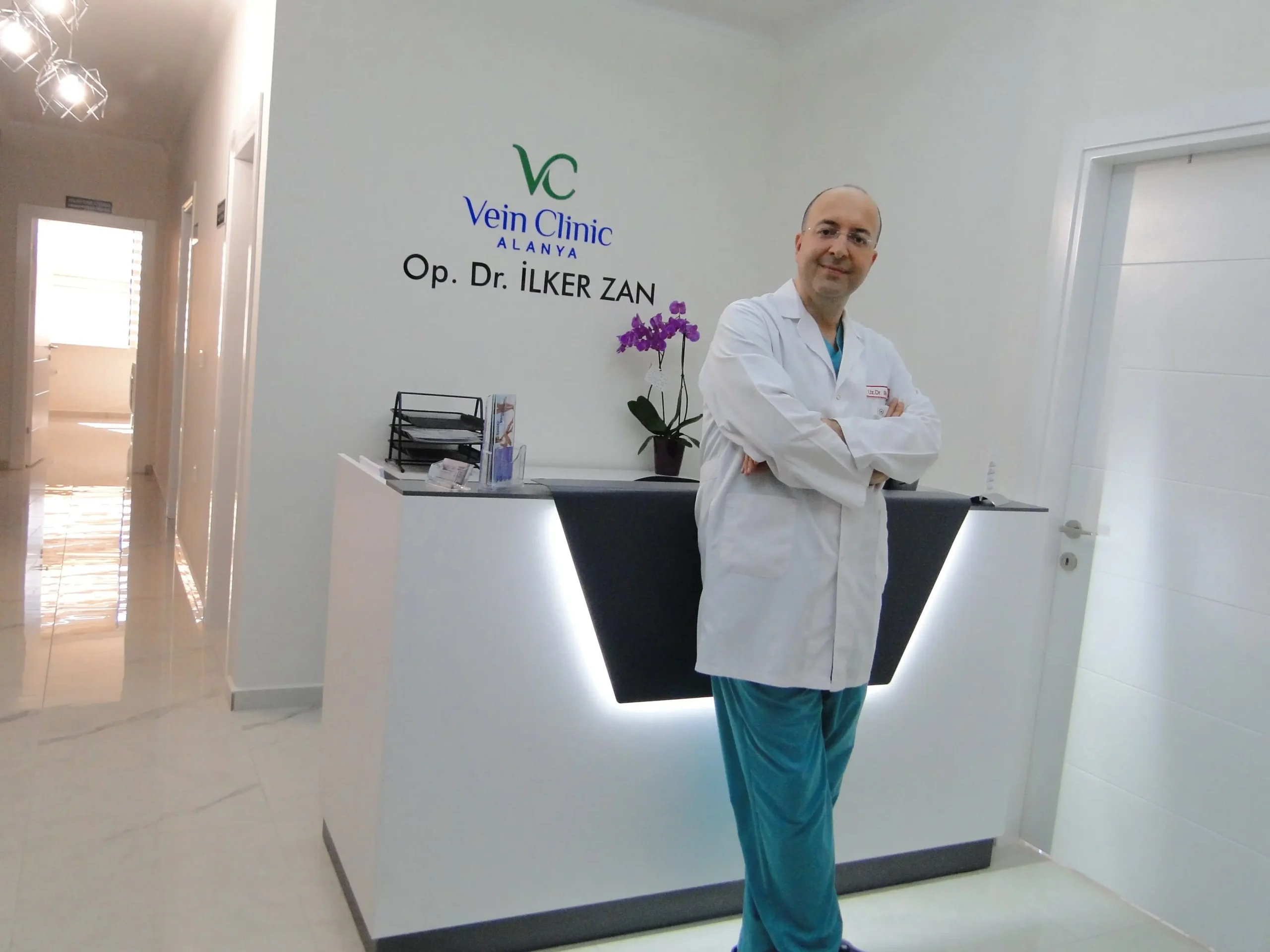Closed method Perforator vein surgery
This procedure is usually used to treat enlarged and abnormally widened veins in the lower extremities (legs). During EVRF, a catheter (a thin tube) is inserted into a vein under ultrasound guidance. This catheter is connected to a device that produces radiofrequency energy. An electrode placed inside the catheter heats the tissue in the vein walls with radiofrequency energy, causing damage to the walls. This causes the blood inside the vein to clot and close the vein.
This treatment works by closing the problematic perforator veins, restoring the proper blood flow from the superficial to the deep veins. Detailed information about the procedure is provided below:
Perforator Veins and Their Importance
Perforator veins are veins that connect superficial veins to deep veins. Normally, blood flows from superficial veins to deep veins through perforator veins. However, when the valves of the perforator veins fail, blood leaks back and accumulates in the superficial veins, leading to varicose veins and chronic venous insufficiency.
What is Thin Radiofrequency Catheter Ablation?
Thin radiofrequency catheter ablation is a minimally invasive procedure that seals the perforator veins. In this procedure, the perforator veins are heated and sealed using radiofrequency energy. The procedure is usually performed under local anesthesia.
How Is It Applied?
The target perforator veins are determined with ultrasound. During the procedure, the patient is given local anesthesia. A thin radiofrequency catheter is inserted into the perforator vein under ultrasound guidance. Radiofrequency energy is sent through the catheter, heating and closing the vein walls. The catheter is removed and the treated area is bandaged.
Advantages
- Minimally Invasive:It is less invasive and has a shorter recovery time than traditional surgery.
- Local anesthesia:It does not require general anesthesia, which reduces the risk.
- Fast Recovery:Patients can usually return to normal activities immediately after the procedure.
- High Success Rate:It provides a high success rate and low recurrence rate in the closure of perforator veins.
Post-Procedure Care
- Compression Socks:It may be necessary to wear compression stockings for a few weeks after the procedure.
- Regular Walking:Regular walking is recommended to speed up the healing process and increase blood circulation.
- Check-up Appointments:After the treatment, the condition of the treated areas is checked with ultrasound.
Conclusion
Ablation of perforating veins with a thin radiofrequency catheter is an effective and safe method for the treatment of chronic venous insufficiency and varicose veins. Performed under local anesthesia, patients can recover quickly after the procedure.
If you need anything else or more information, please let us know!



